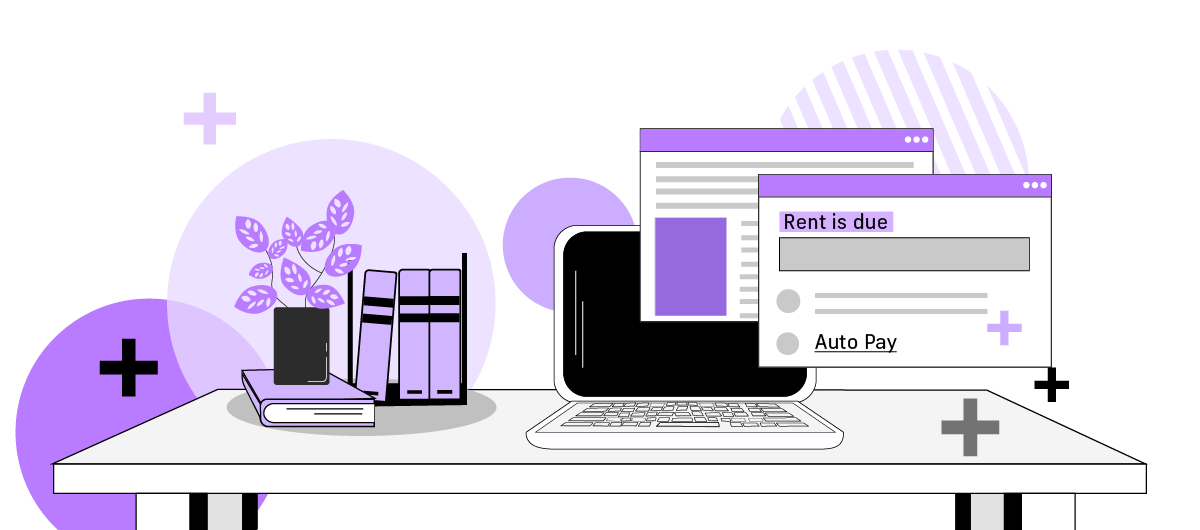As a property manager, one of your primary responsibilities is collecting rent from renters. In the past, traditional methods such as cash or check payments were the norm, but with the rise of technology and digital advancements, it’s time to embrace more efficient ways to collect rent. This blog post will guide you through the best practices for rent collection in today’s digital world, helping you streamline the process and save valuable time.
Why Traditional Ways to Collect Rent Don’t Work Anymore
Collecting rent through traditional means, like cash or checks, can be time-consuming, inefficient, and prone to errors. It often involves manual record-keeping, the risk of lost or misplaced payments, and difficulties in tracking payment history. Moreover, residents nowadays expect convenient and flexible payment options that align with their increasingly digital lives.
Best Ways to Collect Rent in a Digital World
To meet the expectations of renters and simplify your rent collection process, here are some best practices for property managers:
Set Up Online Rent Collection on Your Website
Online rent collection is the way of the future. By setting up a secure online payment portal on your property management website, you can offer residents a convenient and user-friendly platform to make rent payments. Choose a reliable rent collection software that integrates seamlessly with your website and provides secure payment processing. This method eliminates the need for manual paperwork, reduces errors, and simplifies tracking and record-keeping.
Enable Direct Deposit for Auto Withdrawal
Another effective way to collect rent electronically is by enabling direct deposit for auto withdrawal. With this method, renters can set up automatic monthly deductions from their bank accounts, ensuring timely rent payments without the need for manual intervention. This streamlines the process for both property managers and residents, minimizing the chances of late or missed payments.
Use Third-Party Payment Apps Such as PayPal or Venmo
Many renters prefer using popular payment apps like PayPal or Venmo for their financial transactions. Integrating these payment apps into your rent collection process allows residents to make payments conveniently using their preferred methods. These apps often offer instant notifications and reminders, making it easier for renters to stay on top of their rent payments. However, ensure you choose a payment app that complies with relevant legal and security requirements.
Payment Methods You Should Offer to Clients
To cater to a wider range of renter preferences, it’s essential to offer multiple payment methods. Here are some options you should consider:
ACH
Automated Clearing House (ACH) payments are electronic transfers directly from renters’ bank accounts to your property management account. ACH payments are reliable, secure, and cost-effective for both parties involved. They eliminate the hassle of physical checks and offer a seamless electronic payment experience.
Credit Card Payments
Credit card payments provide residents with the flexibility to pay their rent using their credit cards. This option is particularly useful for renters who prefer to accumulate rewards or require a temporary financial buffer. However, it’s important to note that credit card payments often incur transaction fees, which can be passed on to the user or absorbed by the property manager.
Payment Apps
As mentioned earlier, incorporating popular payment apps like PayPal or Venmo can enhance convenience for renters. These apps typically offer ease of use, quick transactions, and real-time payment tracking. Consider integrating the apps that align with your residents’ preferences.
In-Person Payments (For Renters Who Feel More Comfortable This Way)
While digital payment methods are gaining popularity, it’s important to accommodate residents who prefer in-person payments. Offer the option for renters to visit your office and make their rent payments with cash or check if they feel more comfortable with this method. However, encourage them to consider the convenience and benefits of digital payment options.
Other Ways to Make Rent Payments Flexible
In addition to providing various payment methods, offering flexibility in how renters can make rent payments can help alleviate financial stress. Consider implementing the following practices:
Partial Rent Payments
In certain circumstances, renters may face temporary financial constraints that make it difficult to pay the full rent amount on time. Allowing them to make partial payments can provide temporary relief while maintaining a positive relationship. Clearly communicate the terms and conditions regarding partial payments to ensure transparency and avoid any potential misunderstandings.
Recurring Payments
Recurring payment options allow residents to set up automatic deductions for rent payments on a schedule that suits their needs. This eliminates the need for manual payment initiation each month and helps renters stay on top of their rent obligations. It also reduces the administrative burden for property managers and ensures consistent and timely rent collection.
By implementing these best practices for rent collection, property managers can simplify the process, reduce errors, and provide a convenient experience for renters. Embracing digital payment methods and offering flexibility not only improves efficiency but also strengthens resident satisfaction and fosters a positive relationship for both parties. Stay ahead of the curve by adopting modern rent collection practices that align with the expectations of today’s digital world.
Remember, the best way to collect rent as an operator is to embrace online rent collection and leverage the available tools and technologies. Upgrade your rent collection process today and reap the benefits of a streamlined and efficient system that saves you time and hassle.



